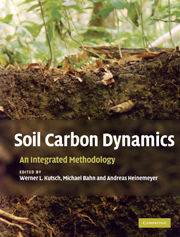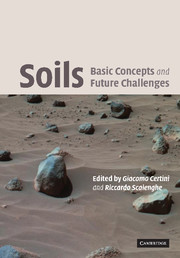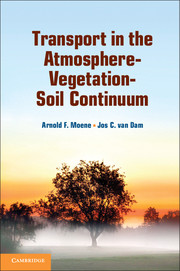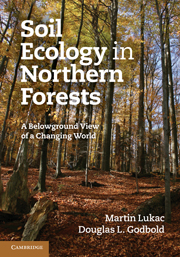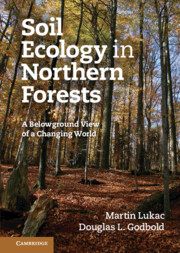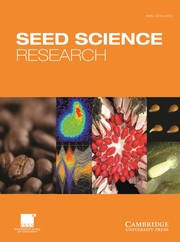Soil Carbon Dynamics
Carbon stored in soils represents the largest terrestrial carbon pool and factors affecting this will be vital in the understanding of future atmospheric CO2 concentrations. This book provides an integrated view on measuring and modeling soil carbon dynamics. Based on a broad range of in-depth contributions by leading scientists it gives an overview of current research concepts, developments and outlooks and introduces cutting-edge methodologies, ranging from questions of appropriate measurement design to the potential application of stable isotopes and molecular tools. It includes a standardised soil CO2 efflux protocol, aimed at data consistency and inter-site comparability and thus underpins a regional and global understanding of soil carbon dynamics. This book provides an important reference work for students and scientists interested in many aspects of soil ecology and biogeochemical cycles, policy makers, carbon traders and others concerned with the global carbon cycle.
- Covers a broad spectrum of all aspects of soil carbon research
- Contains a common protocol for field studies on soil carbon dynamics, improving consistency and inter-site comparability of future datasets
- Provides an integrated view of current and emerging methods and concepts applied in soil carbon research
Product details
February 2010Hardback
9780521865616
298 pages
252 × 195 × 18 mm
0.81kg
14 b/w illus.
Available
Table of Contents
- 1. Soil carbon relations – an overview Werner L. Kutsch, Michael Bahn and Andreas Heinemeyer
- 2. Field measurements of soil respiration: principles and constraints, potentials and limitations of different methods J. Pumpanen, B. Longdoz and Werner L. Kutsch
- 3. Experimental design: scaling up in time and space, and its statistical considerations J.-A. Subke, A. Heinemeyer and M. Reichstein
- 4. Determination of soil carbon stocks and changes Mirco Rodeghiero, Andreas Heinemeyer, Marion Schrumpf and Pat Bellamy
- 5. Litter decomposition: concepts, methods and future perspectives M. Francesca Cotrufo, Ilaria Del Galdo and Daniela Piermatteo
- 6. Characterization of soil organic matter Karolien Denef, Alain F. Plante and Johan Six
- 7. Respiration from roots and the mycorrhizosphere Fernando E. Moyano, Owen K. Atkin, Michael Bahn, Dan Bruhn, Andrew J. Burton, Andreas Heinemeyer, Werner L. Kutsch and Gerhard Wieser
- 8. Separating autotrophic and heterotrophic components of soil respiration: lessons learned from trenching and related root exclusion experiments Daniel Epron
- 9. Measuring soil microbial parameters relevant for soil carbon fluxes Werner L. Kutsch, Joshua Schimel and Karolien Denef
- 10. Trophic interactions and their implications for soil C fluxes Edward Ayres, Diana H. Wall and Richard D. Bardgett
- 11. Semi-empirical modelling of the response of soil respiration to environmental factors in laboratory and field conditions
- 12. Modelling soil carbon dynamics Pete Falloon and Pete Smith
- 13. The role of soils in the Kyoto Protocol Pete Smith, Pete Falloon and Werner L. Kutsch
- 14. Synthesis: emerging issues and challenges for an integrated understanding of soil carbon fluxes M. Bahn, W. L. Kutsch and A. Heinemeyer
- 15. Towards a standardised protocol for the measurement of soil CO2 efflux M. Bahn, W. Kutsch, A. Heinemeyer and I. A. Janssens.

